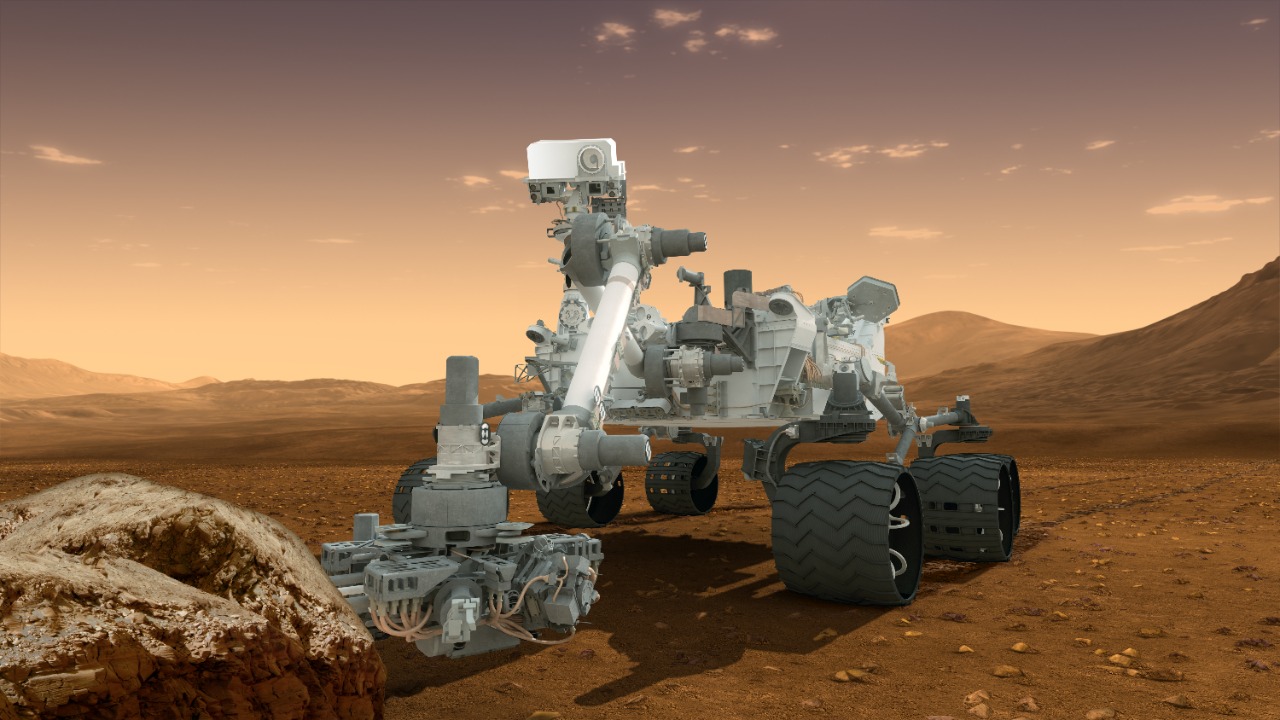
NASA’s Perseverance rover has made a groundbreaking discovery on Mars, identifying what scientists are calling the ‘Clearest Sign of Life’ yet. This potential evidence of past microbial life on the Red Planet could revolutionize our understanding of the universe. However, the astronomical cost of $7.7 billion to bring these precious samples back to Earth, coupled with the lack of a concrete retrieval plan, underscores the immense financial and logistical challenges facing this mission. Adding to the complexity, experts predict that China is likely to beat the U.S. in returning Martian samples to Earth.
The Discovery of Potential Life Evidence
In a landmark moment for space exploration, NASA’s Perseverance rover has found what could be the strongest evidence yet of past life on Mars. The rover identified in a Martian rock what scientists have described as the ‘Clearest Sign of Life’ so far. This discovery, reported in September 2025, suggests the possibility of past microbial activity on the Red Planet, marking a pivotal moment in the search for extraterrestrial life.
The rock’s analysis by NASA scientists revealed organic compounds and structures that align with biosignatures observed on Earth. This discovery could potentially change our understanding of life beyond our planet and open up new avenues for research in astrobiology.
Estimated Costs of Sample Retrieval
While the discovery is undoubtedly exciting, the financial implications of retrieving these samples are daunting. Early 2025 projections estimate that the cost of bringing these Mars samples back to Earth could be a staggering $7.7 billion. This figure, reported by the Economic Times, accounts for the complex engineering required to collect, launch, and return the materials safely.
The high expense reflects ongoing budget constraints within NASA’s Mars exploration program. It also underscores the immense financial stakes involved in this mission, which aims to answer one of humanity’s most profound questions: Are we alone in the universe?
Current Status of NASA’s Return Plans
Despite the significant discovery and the high stakes, NASA still has no concrete plan for how to bring these precious Mars rocks back to Earth. This situation, persisting into early 2025, is due to technical hurdles in the rendezvous and Earth return phases of the mission, as reported by Nature.
Delays in mission architecture have pushed back timelines for any concrete implementation. This lack of a defined strategy could potentially jeopardize the mission’s success and delay the verification of the ‘Clearest Sign of Life’ on Mars.
Efforts to Innovate Sample Return
In an attempt to overcome these challenges, NASA is seeking innovative designs to streamline the retrieval process. On April 15, 2024, the agency announced its path to return Mars samples and started soliciting proposals for advanced technologies. This initiative, as reported by NASA, focuses on lightweight spacecraft and efficient sample handling to reduce overall mission risks.
By fostering innovation, NASA aims to develop a more efficient and cost-effective method for sample return. This approach could potentially revolutionize space exploration and pave the way for future missions to Mars and beyond.
The Growing Competition with China
While NASA grapples with these challenges, China is rapidly advancing in the space race. Experts predict that China is likely to succeed in returning Martian samples to Earth before the U.S. does. As reported by Live Science in September 2025, China’s Tianwen-3 mission is progressing swiftly, potentially achieving return by the early 2030s, ahead of U.S. efforts.
This development underscores the growing competition in space exploration. If China succeeds in returning Mars samples first, it could potentially shift the leadership in planetary science and accelerate international collaboration.
Implications for Mars Science
Without successful retrieval, the ‘Clearest Sign of Life’ from the Martian rock may remain unverified on Earth. The $7.7 billion cost barrier could limit access to these samples for global researchers studying potential ancient life. This situation could potentially delay advancements in our understanding of Mars and the possibility of life beyond Earth.
Moreover, a Chinese-led return might shift the leadership in planetary science. This development could potentially accelerate international collaboration, fostering a new era of space exploration. However, it also raises questions about the future of U.S. leadership in space and the implications for global space politics.
More from MorningOverview